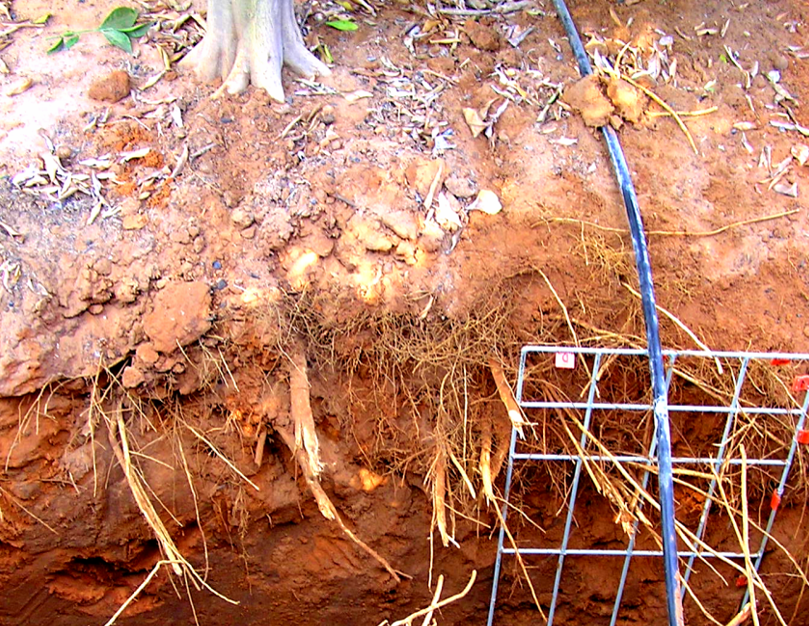Protect your income and remain competitive by ensuring proper maintenance of your orchard irrigation system
In the world of farming, investing in orchards and permanent crops is like planting seeds for long-term success. Think a decade or even up to 50 years! Planning is key, and having a solid business strategy that considers crop and variety, climate, terrain, water sources, and soil data is crucial.
Creating a reliable irrigation system is a big part of this plan. This involves getting fields ready, designing the system, and building proper drainage. The irrigation system covers everything from controlling the water source to fertigation, the pipe network, and drippers for each tree. Farmers who take good care of these systems see a significant impact on their profits.
Once the trees are planted, some things are out of a farmer’s hands, like climate and tree DNA. But assuming proper crop protection is in place, farmers can control factors like pruning and irrigation-chemigation to improve yields.
Irrigation systems typically have three main parts:
- Head Control (roughly 20% of the cost): This includes the pump, filter, valve, fertigation, and automation and can last around 15 years.
- Pipeline Network (approximately 50% of the cost): Made mostly of PVC and HDPE, it can last around 50 years.
- Drip Lines (around 30% of the cost): The part that feeds the trees, and replacement need is dependent on multiple factors including the water source, product quality, and maintenance.
Ongoing monitoring of dripper uniformity and replacing them when needed is important. Each tree is a production unit, and a reliable dripper is crucial for water and nutrient supply.
Maintaining uniform water flow is vital. The coefficient of variation is a technical term that essentially says that water distribution should not only be consistent in total amount but also evenly spread across drippers and the root system.
There are three main methods to evaluate your dripline uniformity:
- Flow Rate Monitoring: system flow rate from the flow meter, collect water samples from different spots along the dripline or blocks and measure dripper flow rate. Compare these numbers to what the system was designed for and the variation between the drippers.
- Pressure Measurement: think of this like checking your system’s blood pressure or car tires. A pressure gauge is an easy way to check your system – it is visual and low-cost (it needs replacing when it is stuck), and you should install all blocks with the option of checking the dripper end line.
- Visual Inspection: Take a good look at your drip line. Any leaks, clogs, or damage? Check those emitter outlets – are they playing fair and distributing water evenly? If you spot any issues, it’s like giving your system a little TLC. Fix up anything that’s not quite right to keep the water flowing where it needs to go.
For when you decide to replace the drip laterals in your orchard, consider using closer drip line emitter spacing. Closer drip line spacing, with more drippers per tree, results in denser feeding roots and support for improved crop yields. Upgrading the dripline before the irrigation season starts is the ideal move, and Rivulis products are designed to seamlessly integrate with existing systems and other brands, ensuring farmers have flexible and upgradable solutions. The Rivulis design team is always ready to check and assist with any drip system upgrades.
Rafi Golan, Senior Advisor Product and Application, Rivulis



